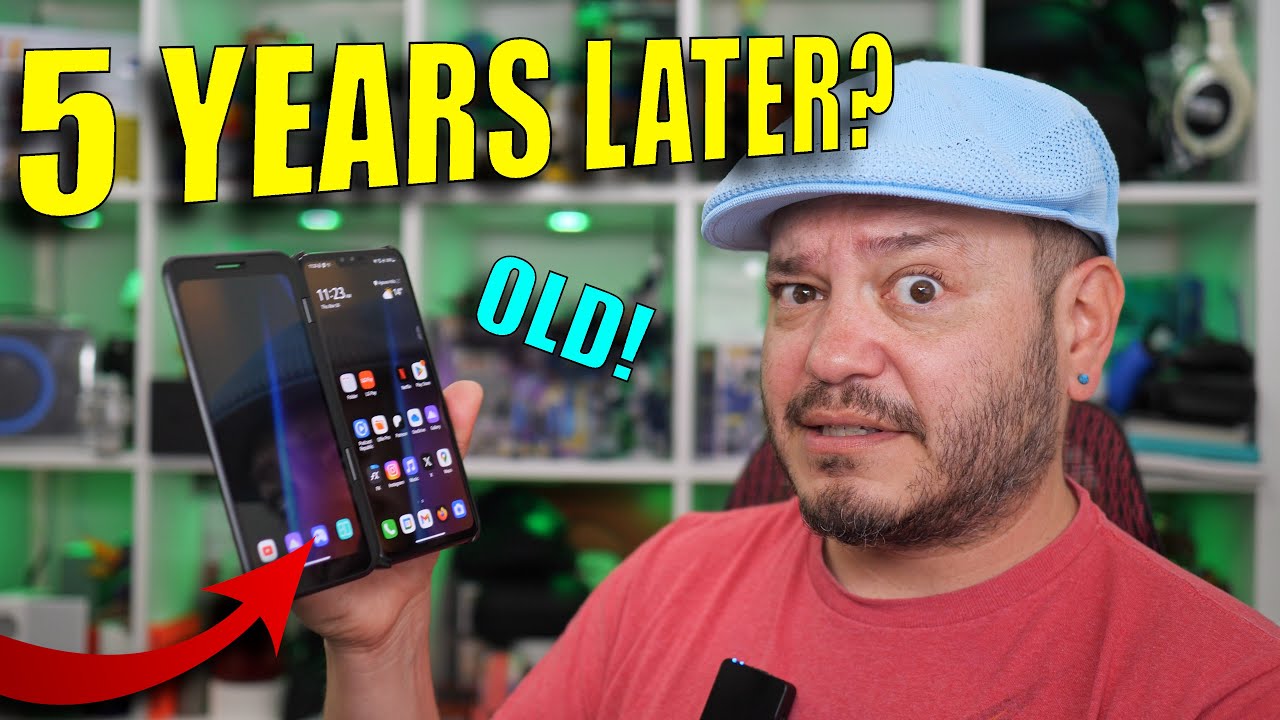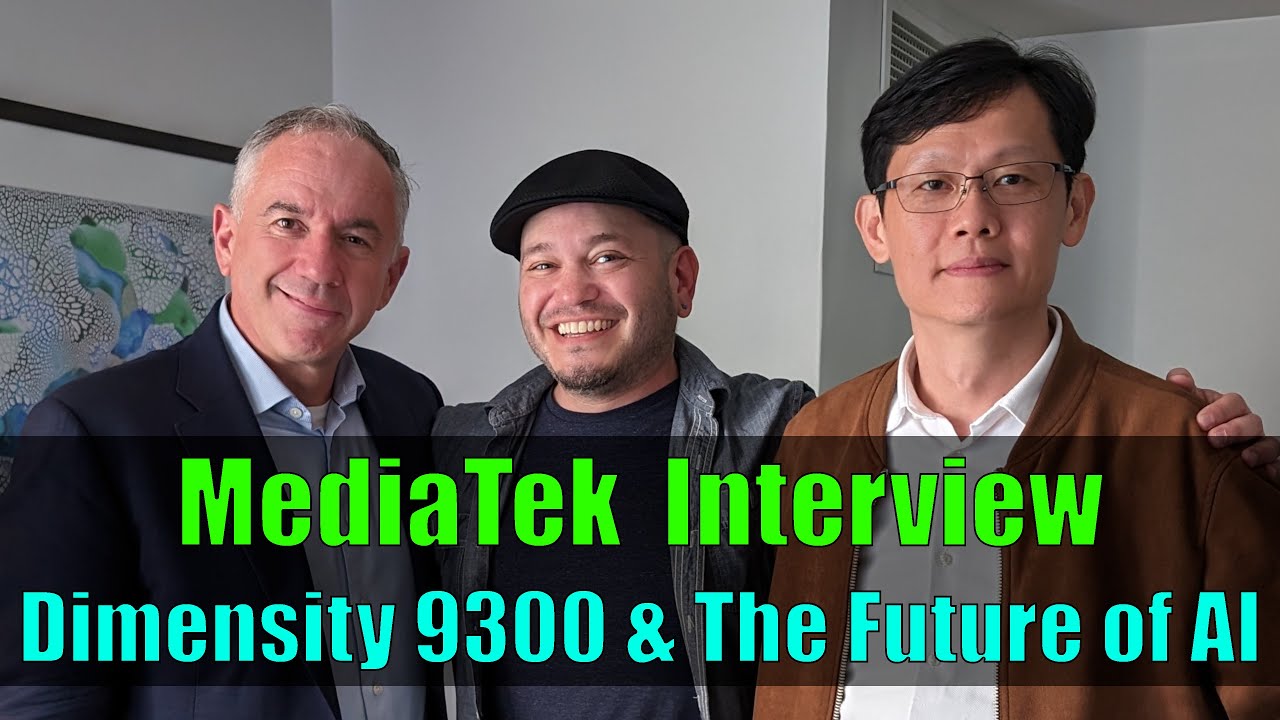

The situation has been getting MUCH better. The thing a lot of these articles overlook is just the strange structural difference between Android and iOS. We still seem to be primed to look for the big OTA, that’s “THE Update”, but increasingly more of the bug fixes, security patching, and feature refinement are being delivered by individual app updates and Google Play system updates. I’m OK if the OTAs are a bit more sporadic if I see work from the manufacturer and from Google to push better code throughout the year. I’d rather not wait for a big OTA, when a small component needs to be updated. The situation for Android updates has gotten a LOT better.



And for how expensive portable consoles can be, I’m not calling anything a “steam deck killer” until I’m also confident it can be repaired and upgraded for years after I buy it.